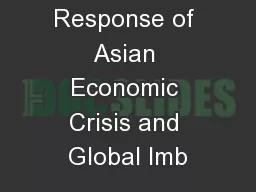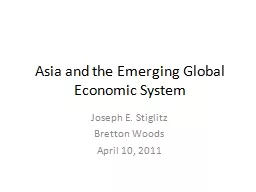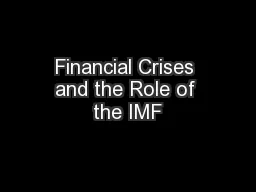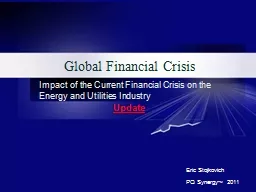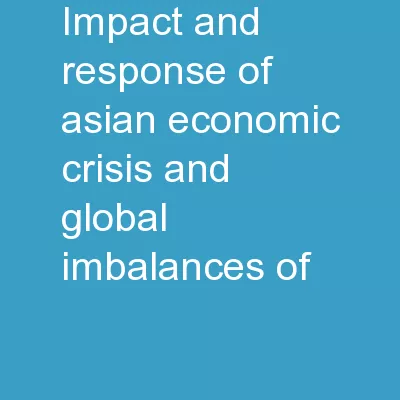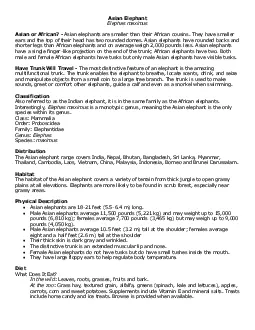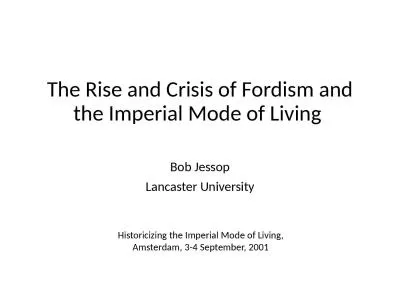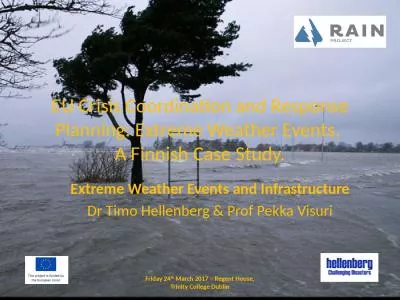PPT-Impact and Response of Asian Economic Crisis and Global Imb
Author : trish-goza | Published Date : 2015-12-05
Emerging Market Economies Assistant Professor Dr Thanet Wattanakul Faculty of Integrated Social Sciences Khon Kaen University Nong Khai Campus Contents INTRODUCTION
Presentation Embed Code
Download Presentation
Download Presentation The PPT/PDF document "Impact and Response of Asian Economic Cr..." is the property of its rightful owner. Permission is granted to download and print the materials on this website for personal, non-commercial use only, and to display it on your personal computer provided you do not modify the materials and that you retain all copyright notices contained in the materials. By downloading content from our website, you accept the terms of this agreement.
Impact and Response of Asian Economic Crisis and Global Imb: Transcript
Download Rules Of Document
"Impact and Response of Asian Economic Crisis and Global Imb"The content belongs to its owner. You may download and print it for personal use, without modification, and keep all copyright notices. By downloading, you agree to these terms.
Related Documents

